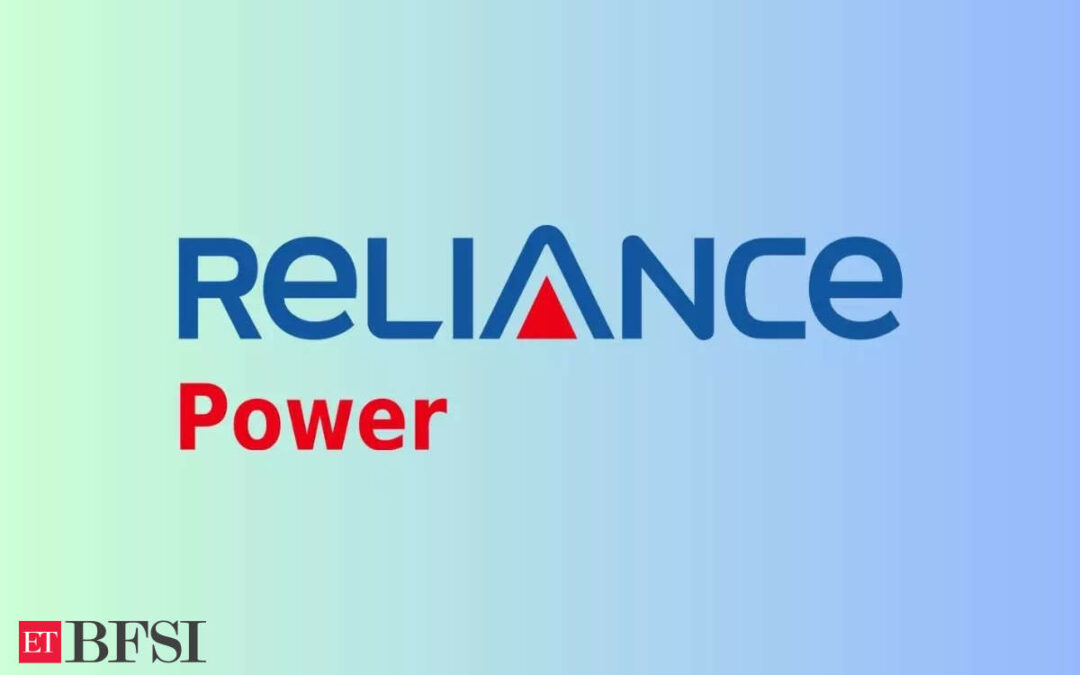New Delhi: Shares of Anil Ambani-led group firms — Reliance Home Finance Ltd, Reliance Power and Reliance Communications — hit their lower circuit limits on Monday as investors continued to desert the counters after markets regulator Sebi barred the industrialist and 24 others from the securities market for five years on charges of diversion of funds from Reliance Home Finance Ltd. The stock of Reliance Power dropped 4.99 per cent to hit the lower circuit limit of Rs 32.73 on the BSE.
Shares of Reliance Home Finance Ltd tumbled 4.93 per cent to Rs 4.24 — the lowest trading permissible limit for the day.
Reliance Communications dived 4.92 per cent to touch the lower circuit of Rs 2.32.
Reliance Infrastructure also declined 2.90 per cent to Rs 205.55.
Shares of Reliance Infrastructure, Reliance Home Finance and Reliance Power had slumped on Friday also.
Sebi has imposed a penalty of Rs 25 crore on Ambani and restrained him from serving as a director or Key Managerial Personnel (KMP) in any listed company or Sebi-registered entity for five years.
Besides, a fine ranging Rs 21 crore to Rs 25 crore has been levied on 24 entities. Also, the regulator barred Reliance Home Finance from the securities market for six months and slapped a fine of Rs 6 lakh on it.
After receiving multiple complaints alleging the diversion/siphoning of funds of Reliance Home Finance Ltd, Sebi conducted an investigation for the period of FY 2018-19 to ascertain any regulatory violations.
In its probe, Sebi found that Anil Ambani, with the help of RHFL’s KMPs — Amit Bapna, Ravindra Sudhalkar and Pinkesh R Shah — have orchestrated a fraudulent scheme to “siphon off” funds from RHFL by disguising them as loans to entities linked to him.
Although the board of directors of RHFL had issued strong directives to stop such lending practices and review corporate loans regularly, the company’s management ignored these orders.
Sebi, in its 222-page order on Thursday, noted the cavalier approach by the company’s management and promoter in approving loans worth hundreds of crores to companies that had little to no assets, cash flow, net worth, or revenue.
This suggests a sinister objective behind the ‘loans’. The situation becomes even more suspicious when considering that many of these borrowers were closely linked to the promoters of RHFL.
Eventually, most of these borrowers failed to repay their loans, causing RHFL to default on its own debt obligations. This led to the company’s resolution under the RBI Framework, leaving its public shareholders in a difficult position.











